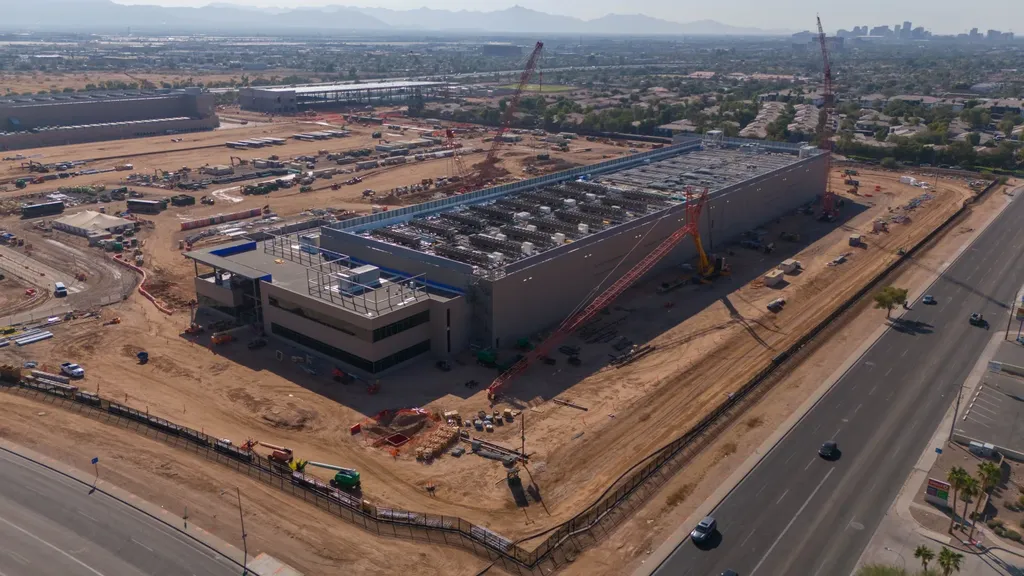Blackstone’s latest foray into the data center sector, marked by a substantial $25 billion investment in Pennsylvania, signals a pivotal shift in how the industry approaches power generation. This move, which includes a joint venture with local utility company PPL to invest in natural gas power generation, is not just another large-scale data center development. It’s a bold step towards integrating energy infrastructure into the digital realm, a trend that could reshape the sector’s landscape.
The intersection of data centers and power generation is a theme that has largely been overlooked, yet it’s becoming increasingly critical. Data centers are voracious consumers of energy, and their power demands are surging at an unprecedented rate. In the US, for instance, power demand for data centers is expected to more than double from 224 terawatt-hours in 2025 to 606TWh in 2030. This surge is not just a challenge; it’s an opportunity for investors to rethink how they structure their investments in the sector.
Blackstone’s move could set a precedent for other investors, encouraging them to consider the power needs of data centers as a significant component of their investment strategies. This could lead to more integrated, efficient, and sustainable data center developments, as investors seek to secure reliable power sources for their assets.
Moreover, this trend could influence the site selection and development processes for data centers. As power constraints continue to complicate these processes, having a secure power source could become a competitive advantage. It could also accelerate project timelines, as investors with integrated power solutions may face fewer regulatory hurdles and approval delays.
However, this shift is not without its challenges. The financial resources, human capital, and extensive networks required to undertake such integrated projects are substantial. Only the largest players in the data center space may have the capacity to assume projects of this scale and complexity. Yet, as the sector continues to evolve, we may see more investors following Blackstone’s lead, driving innovation and reshaping the data center investment landscape.
In the broader market, this trend could spark a wave of consolidation, as smaller players struggle to compete with the integrated, large-scale developments of their bigger counterparts. It could also drive a shift in investor focus, from purely digital infrastructure to a more balanced approach that includes energy infrastructure.
Ultimately, Blackstone’s move is a reminder that the data center sector is not just about real estate and infrastructure. It’s about the intersection of these elements with the critical need for power. As the sector continues to evolve, investors who can navigate this intersection effectively may well be the ones who shape its future.

